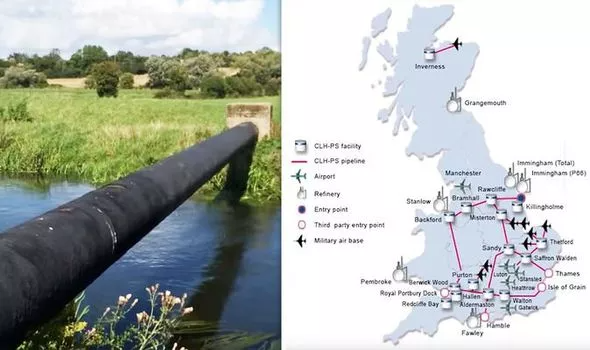An extensive network of WW2 pipelines systems covers more than 1,500 miles and spans all of the United Kingdom has been highlighted in recent years.
The pipeline that spans the entire United Kingdom was, and still is, treated as Top Secret as it carries fuel from refineries to airports.
Scroll down for video
It was built just before World War II and has been expanded and maintained as it is still in use today.
The military authorities were aware that air superiority would be vital during World War II, and building, maintaining, and supporting the RAF was given high priority in planning.
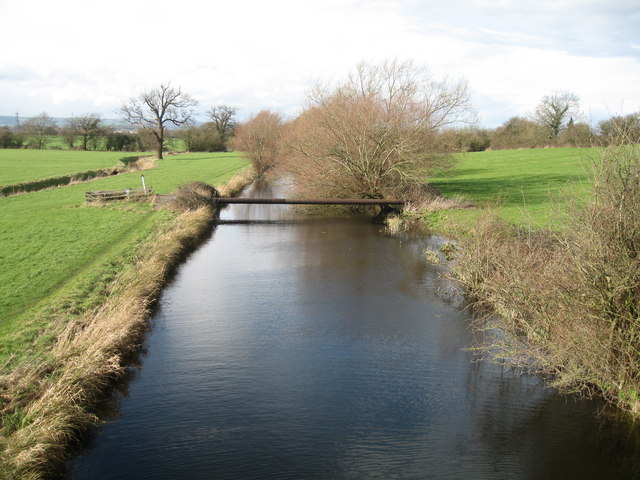
One of the logistical problems faced by the Air Ministry was the supply of enough fuel to support the various air bases around the United Kingdom.
In 1936, the idea that a pipeline be commissioned was mooted as the Air Ministry found it would be logistically impossible to distribute fuel to all the RAF airbases.
The RAF only had reserves of 8,000 tons of fuel, enough to provide for 10 days of flight operations.
This led to instructions being given to building storage depots across the country. These depots would have tanks partially buried to provide protection against attack from the air. They would collectively store 800,000 tons of fuel.
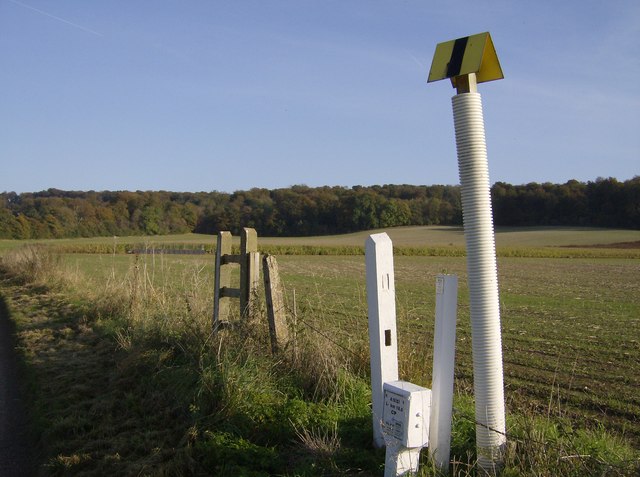
The creation of these depots was a step in the right direction. However, there was still the issue of getting the fuel from the refinery to the depots and from the depots to the airfields.
Transporting the fuel above ground was too dangerous and exposed the tankers and the road network to aerial attack.
In response to this, the Government Pipelines and Storage System (GPSS) was commissioned, with the sole purpose of distributing aviation fuel and petrol from Petroleum Storage Depots to airports across the United Kingdom.
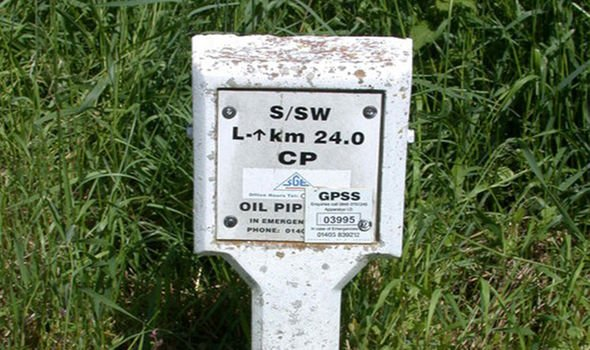
Tom Scott found a part of the network in Gloucestershire in 2015. He was fascinated by what he saw and started to research the system and its history.
In researching the history of the pipeline, he found some fascinating facts. One such point was that the pipe was built mainly at night, so enemy reconnaissance aircraft could not photograph the construction work.
After the war, the usefulness of the network did not diminish. It was maintained and expanded to the current 1,500 miles of pipes, pumping stations, and storage facilities that connect fuel refineries to seaports and the refineries to airports and RAF bases across the United Kingdom.
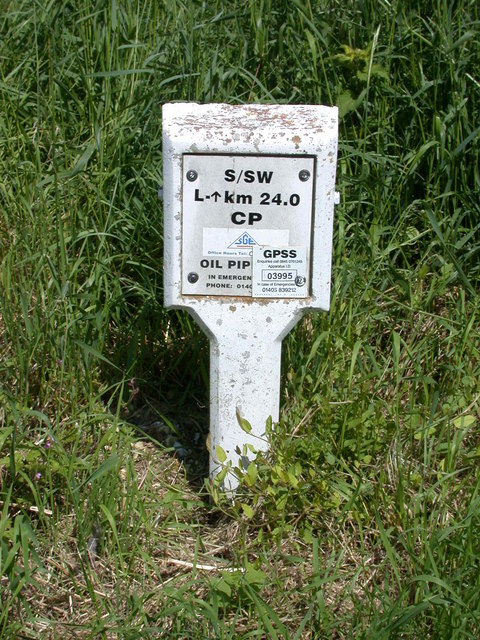
The pipeline is vital for all the airports and RAF bases. All planes being refueled within the United Kingdom, both civilian and military, are serviced from the pipeline.
So important was this network that until it was privatized and taken over by Company Logistica de Hidrocarburos (CLH), the RAF regularly flew sorties over the length of the lines to ensure that there were no problems.
He discovered that the strategic network of pipelines was classified as Top Secret during the war years. That classification still exists today, and the question that is being asked is; how do you balance the need for secrecy as this is a strategic resource and the safety of the public as the pipeline may well travel under residential areas.
Mr. Scott says, in his YouTube video, that the British government refuses to discuss the pipeline, and there is no public map of exactly where the pipeline runs.
In 2010 a request was made to the British government under the Freedom of Information Act to try and establish exactly where the pipeline runs. This request was turned down, for national security and defense reasons, so the actual layout remains a mystery.
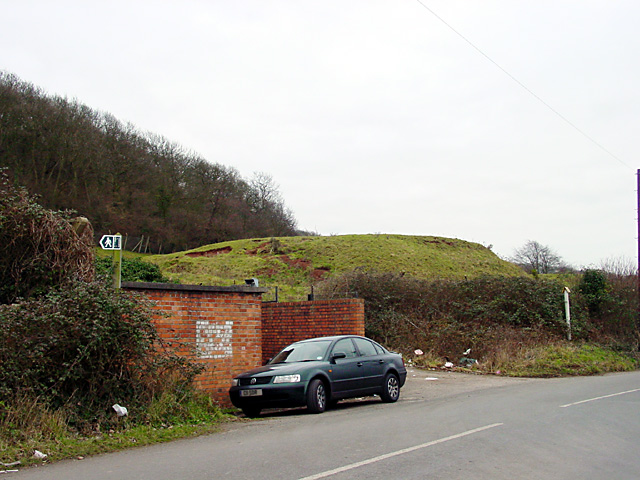
Other researchers have attempted to map the system, but there are not many places where the pipeline emerges from underground, so it is difficult to know where it runs.
There are markers above ground, but these are small, and it is unlikely that everyone knows what they mean. These little signs may say something to a professional surveyor.
Still, to the average man in the street, they would not be so obvious, and no-one would think to examine the ground under their feet before starting to dig.
The danger that this poses is easy to understand. If people do not know where this pipeline is, what is to stop an unsuspecting contractor from digging through the line and spilling thousands of gallons of volatile fuel?
Not only would this endanger the surrounding community, but it could bring a major airport to a standstill.
Avro Lancaster NX611 ‘Just Jane’ Restoration Progress
If the government insists that this still remains a secret, it must also assume responsibility for any damage caused by the pipeline.
